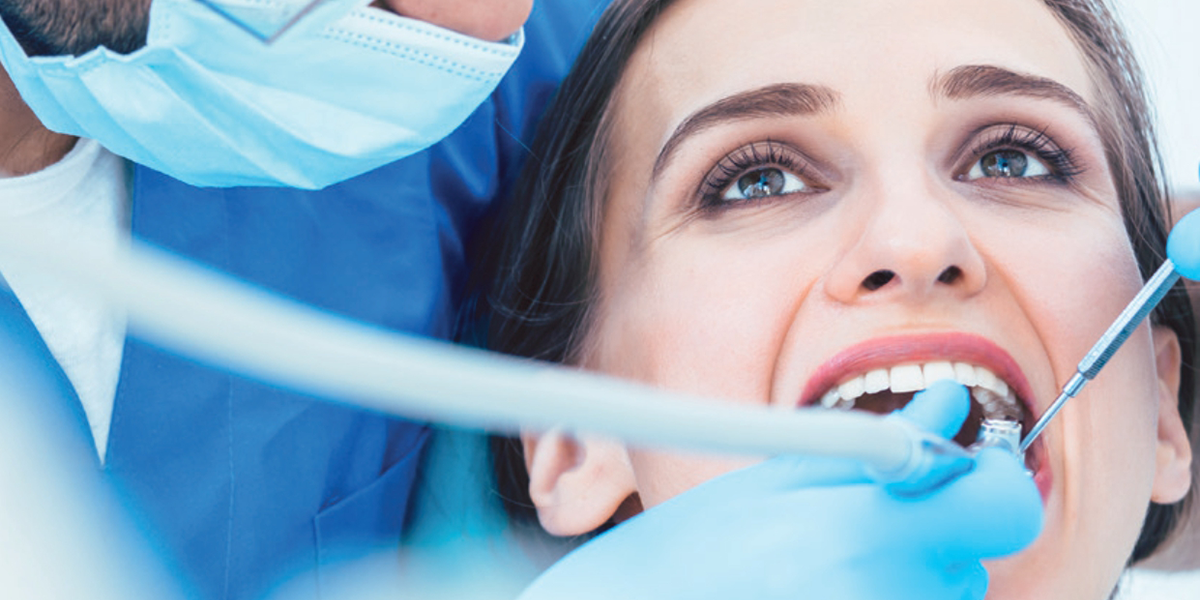
The diode laser has been described as a new frontier in outpatient dental therapy, but what is it and how does it work? In this article we will try to explain in a simple and straightforward way the mechanism of action of the dental laser and the areas in which it can be used.
The word laser is an acronym for Light Amplification by Stimulated Emission of Radiation and indicates monochromatic optical radiation sources, i.e. with one or very few wavelengths, and coherent, i.e. with high collimation of the radiant beam, which have specific characteristics. Laser therapy in dentistry is carried out precisely thanks to dental lasers, which are also supported by scientific evidence attesting to their validity. In addition, the use of these equipment makes the treatment less annoying for the patient, as it is almost painless and undoubtedly less invasive than an operation performed with scalpels and needles.

How does the diode dental laser work?
The diode dental laser generates a concentrated beam of light with different wavelengths. Only certain lengths are suitable for this type of use. Wavelengths close to 915 nm are characterised by less invasiveness, less pain and greater efficiency in the extremely precise cut that sterilises the area to be treated and, at the same time, coagulates the blood vessels, reducing the risk of infection and bleeding.
The use of this instrumentation has many advantages, sometimes making anaesthesia completely unnecessary. Laser surgery will also drastically reduce the time needed for operations.
It should be noted that diode lasers are safe when used by qualified and trained personnel. In fact, the use of these highly technological instruments has drastically reduced the percentage of risk to which each patient is exposed, and the healing time is also much shorter. This is because the wavelength, with its high penetrating power, favours the stimulation of ATP, thus promptly activating a whole series of regenerative processes connected with the tissues.
In addition to the above-mentioned strengths, it is also important not to overlook the ease with which the laser reaches microorganisms hidden in areas where drugs cannot easily reach because they are poorly vascularised, the almost instantaneous elimination of bleeding and, not least, the reduction in biological and economic costs for the patient.
What are the applications of the dental laser in Dentistry?
Thanks to its operating mechanism and extreme versatility, the dental laser can be used for a variety of treatments, both functional and aesthetic. These include
Treatment of periodontitis
The dental laser, thanks to its operating mechanism and extreme versatility, can be used for a variety of both functional and aesthetic treatments. Among these it is possible to identify:
- Stomatological surgery
- Removal of caries
- Implantology
- Endodontics (canal treatment)
- Biostimulation
- Bacterial decontamination
- Whitening
- Treatments for dentinal hypersensitivity.
In conclusion, considering the above, it can be said that the diode laser in dentistry is now, more than ever, the new frontier for the treatment of many diseases related to the oral cavity. Safe, extremely precise, non-invasive for the patient, who will also see a clear reduction in pain, bleeding and healing times: do you need any other reason to use this instrument?
